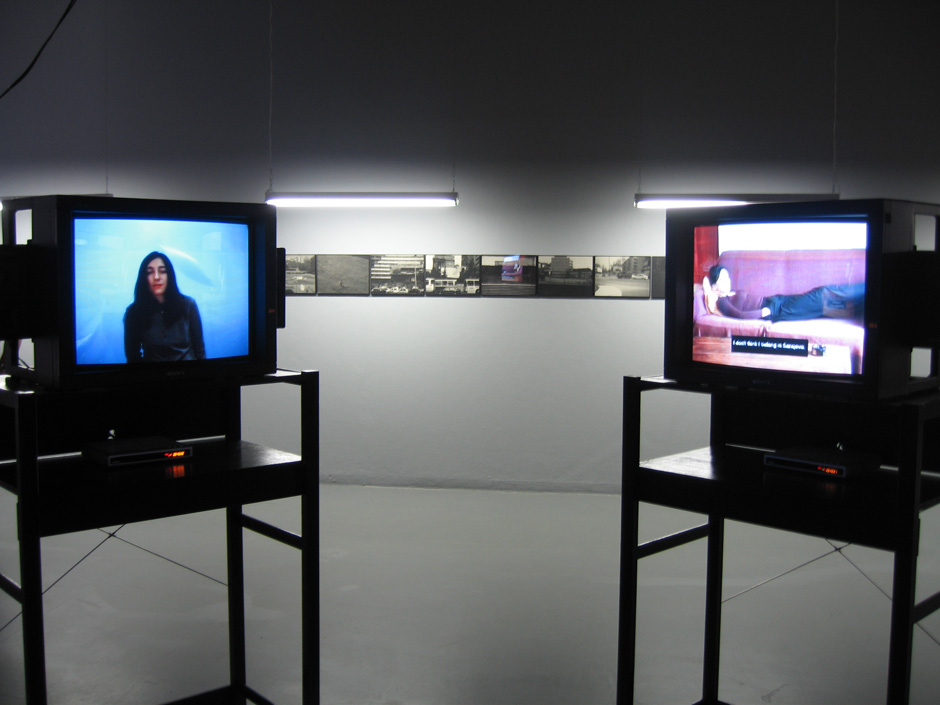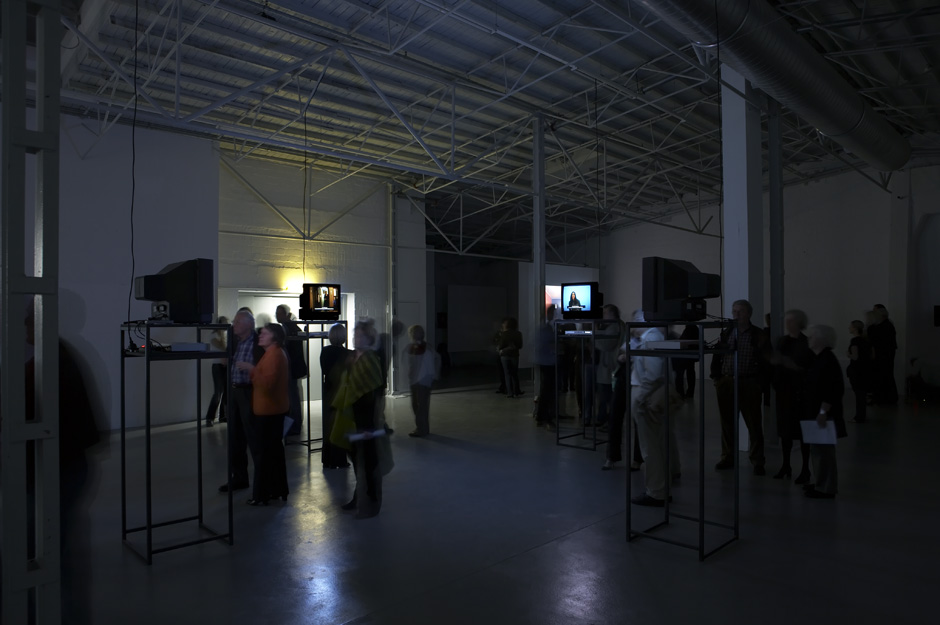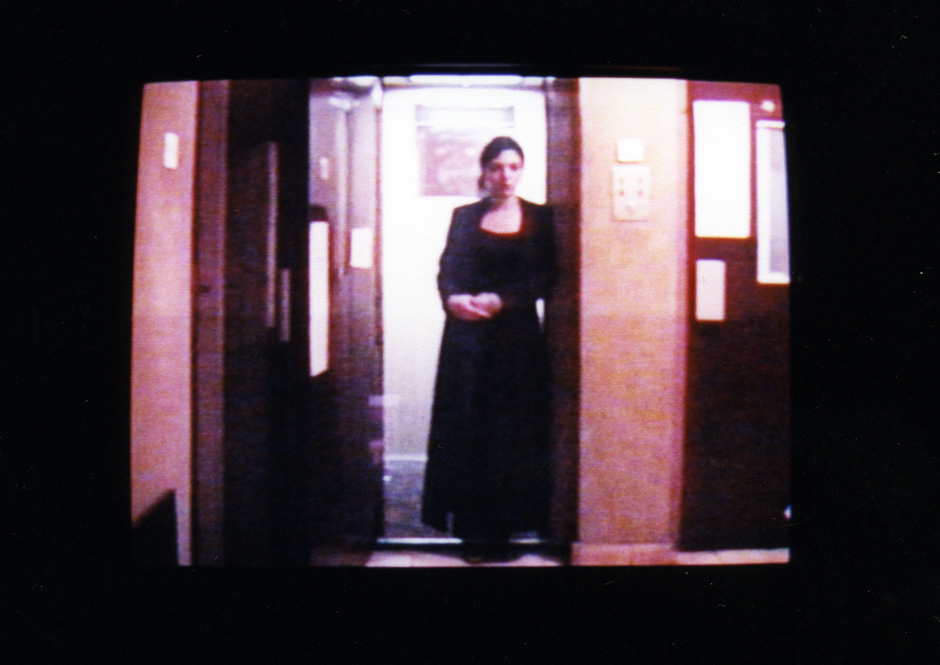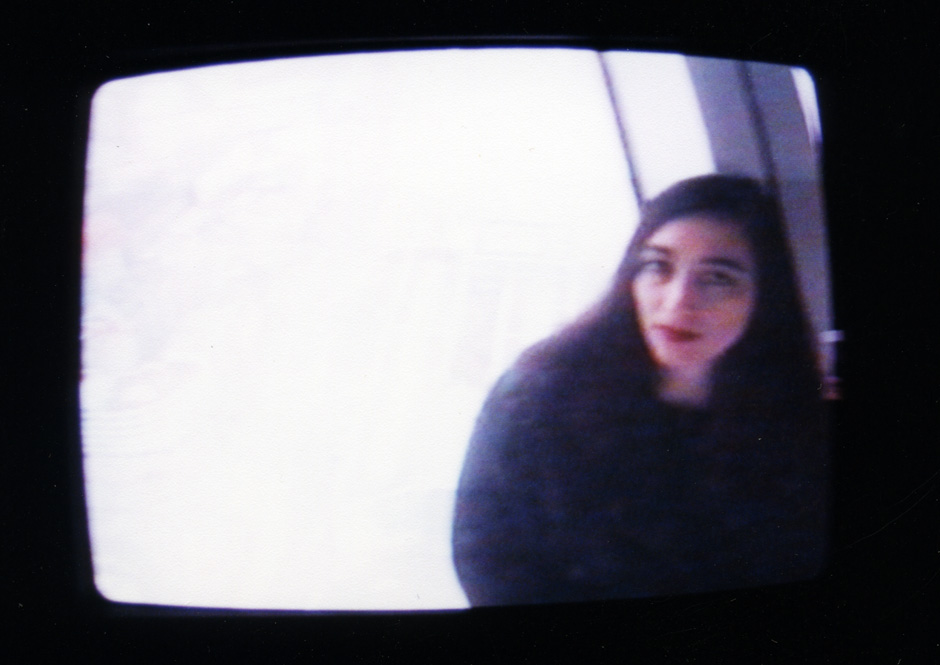I LIKE I DON’T LIKE, 1998
Description
I LIKE I DON’T LIKE
A person with two homes necessarily becomes double, what is truth in one home does not have to be truth in the other. When leaving the original home it is not only the surrounding that changes, it is also ourselves. What has been truth, or still is, in one place might be totally questionable from the point of view of the other, new self, the one living and being influenced by a new surrounding. Many local myths fall apart. They are still truth in their place of origin, but from a distance they tend to have a slightly false tone. From the point of view of Sarajevo, one eats very well there. From the point of view of Paris this ‘truth’ can be disputed. But both stay truth in their own world.
It is a burden and a privilege being able to compare, to question. It makes one an eternal wonderer but forms healthier ways of thinking in which no place is untouchable, or mythologically perfect like the homeland often is for people who have known only one ‘truth’. It seams that the loss of feeling of belonging is the price for opening horizons and avoiding the trap of ‘us’ against ‘them’ – the others, the unknown.
For the work ‘I like – I don’t like’ I was looking for these double truths. Each one of them is, out of its own perspective, the Truth. If I say in Bosnian ‘I like Sarajevo because it is a small town and everybody knows each other there’, from a Sarajevan standpoint that is truth. From the Parisian point of view the truth is exactly the opposite: ‘I dislike Sarajevo because it is a small town and everybody knows each other there’. What I was interested in is to make the mythical that we attribute to Home relative and question the truths that we hold on to without thinking – that can, in other circumstances turn into their opposite, while still staying ‘the truth’.
The video installation ‘rotates’ through four monitors and thus exposes the instability of a fixed standpoint, concept of place and belonging in the very language of the media as well.
Selected Exhibitions
Spazio Oberdan, Milan, Italy

Exhibition view: Wherever We Go — Art, Identity, Cultures in Transit, Spazio Oberdan, Milan, Italy (Curators Hou Hanru and Gabi Scardi), 2007.
Photo documentation: Danica Dakic
AZKM, Germany

Exhibition view: Verstehst Du das? Neue-Medien-Kunst aus Südosteuropa, AZKM, Germany (Curators Dr. Gail B. Kirkpatrick and Dr. Necmi Sönmez), 2006.
Photo documentation: Egbert Trogemann, VG Bild-Kunst

